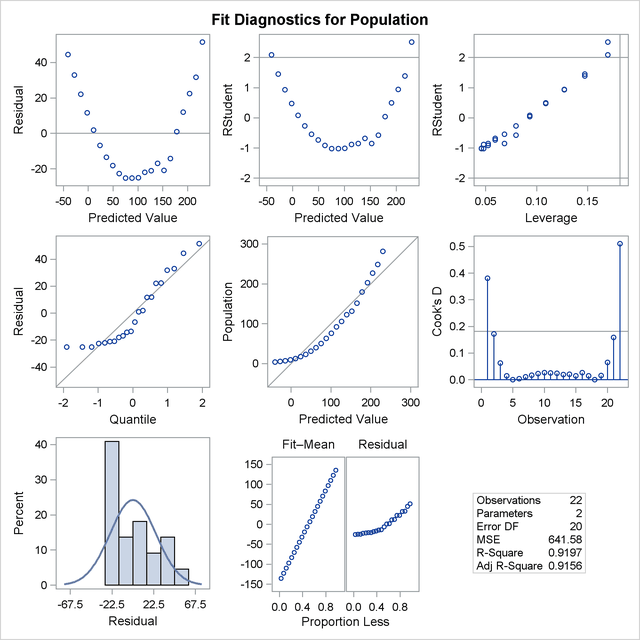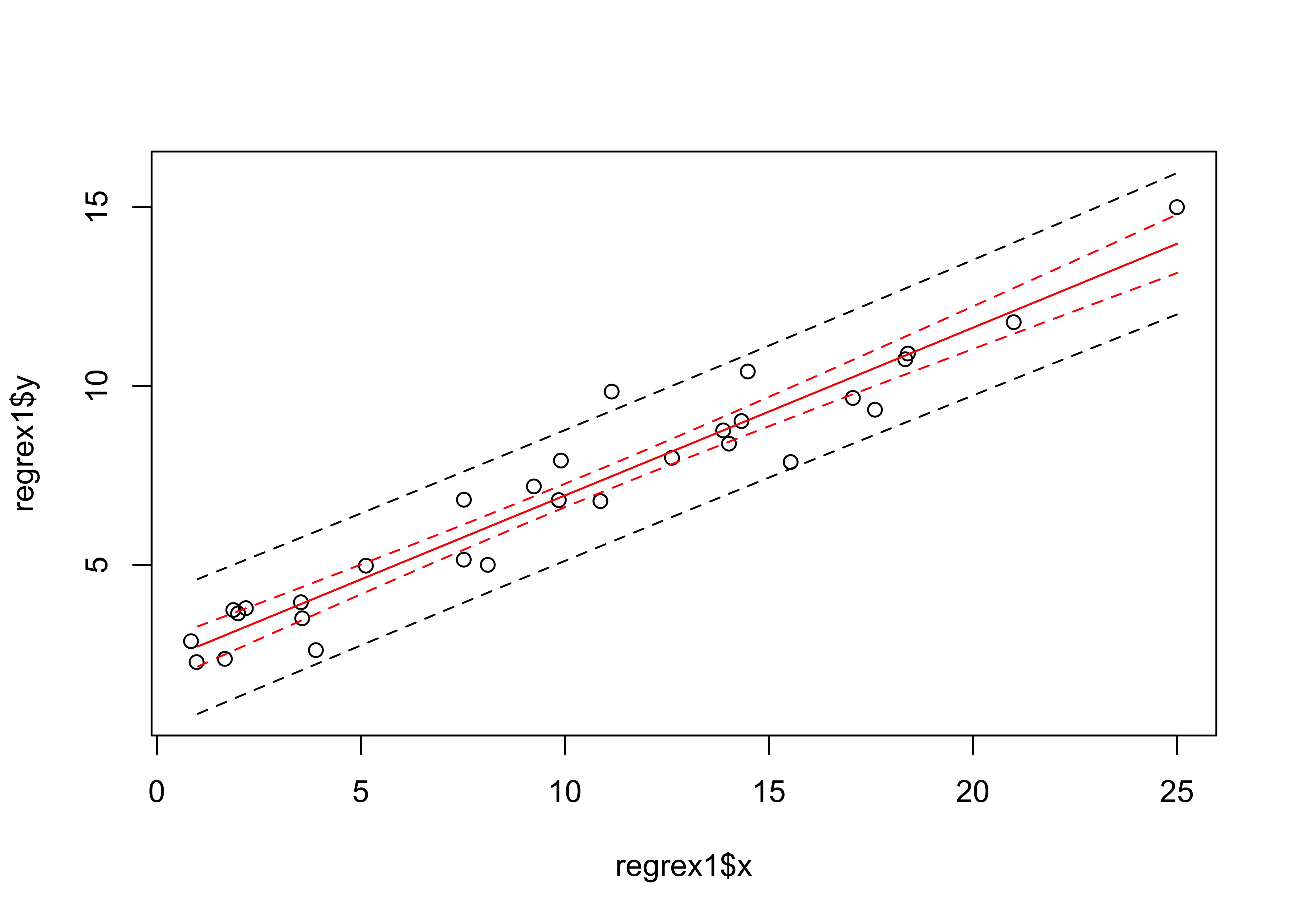

UNDERSTANDING FITPLOT SAS HOW TO
In the SAS documentation, the residual-fit spread plot is also called an 'RF plot.' This article describes how to interpret the R-F spread plot. However, some general options apply to most of the fit and confidence plots. The options that are available depend on the plot type. The plot statements include many options for controlling how the output is displayed. Note that it may occur that files moved away from the Application folder are not moved but just copied (because that folder is protected from modifications), so it may be needed to move to thrash the alias left. The spread plots of the fitted and residual values appear in the middle column of the third row of the regression diagnostics panel. Fit plots represent the line of best fit (trend line) with confidence limits. At this point simply move the FitPlot alias created before (in the Application folder) and change its name in something meaningful, some like " FitPlot Server" should be Ok.If it does not exist, create a new one and rename it exactly in " PDF Services".

Once the ~/Library folder is opened, look up for a folder named " PDF Services".To access it, from the Finder, choose the menu Go -> Go to the Folder… and, in the appearing field, type " ~/Library" (the symbol " ~" is obtained with the key combination (that is option + 5)). Open another window (), to access the (~/Library) folder which, however, from MacOS 10.8 is kept hidden by Apple®.Choose, in the options list, the "Make Alias" one.SAS transforms data into insight which can give a fresh perspective on business. Exporting to Data Sets, to create data-driven SAS code from the file of. Through innovative analytics it caters to business intelligence and data management software and services. Open the Application folder, locate FitPlot, right-click once on FitPlot FitPlot1 to graphFitF setlabel graphFitF ' Fit Plot for Sex F '.


 0 kommentar(er)
0 kommentar(er)
